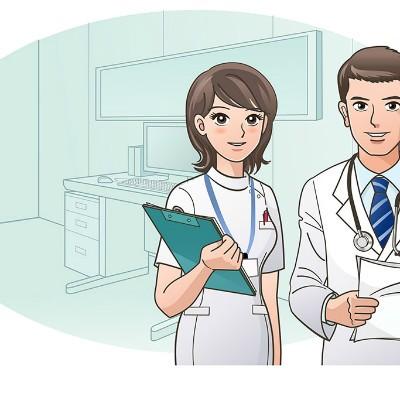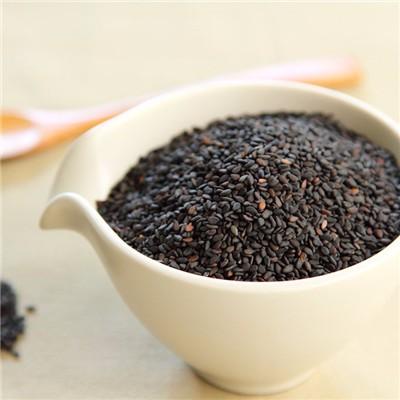Symptoms of transverse process syndrome
summary
The third lumbar vertebra is the center of lumbar activity, the transverse process is the longest, and its tip is vulnerable to external force, such as low back pain and lower limb pain due to acute and chronic injury, lumbar movement disorder and other symptoms, which is called the third lumbar transverse process syndrome. The third lumbar transverse process syndrome is more common in patients with lumbar muscle strain. Clinically, the tip of lumbar 3 and lumbar 4 transverse process is also similar to the lesion of lumbar 3 transverse process, so some people classify the third lumbar transverse process syndrome as intertransverse process syndrome. The disease is more common in young people with long and thin body. This disease belongs to the category of "tendon injury" in traditional Chinese medicine. Let's talk about the symptoms of transverse process syndrome
Symptoms of transverse process syndrome
When sick, it can be lumbar pain, or severe pain, limited activities, and seriously affect daily life and work. Pain can reach the hip and the front of the thigh. There is no pain in the back and bending to the opposite side is limited.

The important sign is the outer edge of the transverse process of the third lumbar vertebrae, which is equivalent to 4cm beside the spinous process of the third lumbar vertebrae. Especially in patients with thin and long type, they can touch the tip of the transverse process and have obvious tenderness and limited muscle tension or spasm. When pressing, the radiation pain caused by the stimulation of the second lumbar nerve branch reaches the thigh and knee.

The differential points of this disease in lumbar disc herniation are as follows: 1. ② The location of tenderness point is different. The disease is located at the tip of L3 transverse process, and the latter is the space of diseased vertebral lamina. ③ A few severe cases of this disease may have positive straight leg raising test, but the enhanced test must be negative.

matters needing attention
When the conservative treatment is ineffective, for repeated recurrence or long-term can not be cured, surgery can be considered to remove the long transverse process tip and the surrounding inflammatory tissue, intraoperative release of the compressed lateral femoral cutaneous nerve, can be completely cured.













